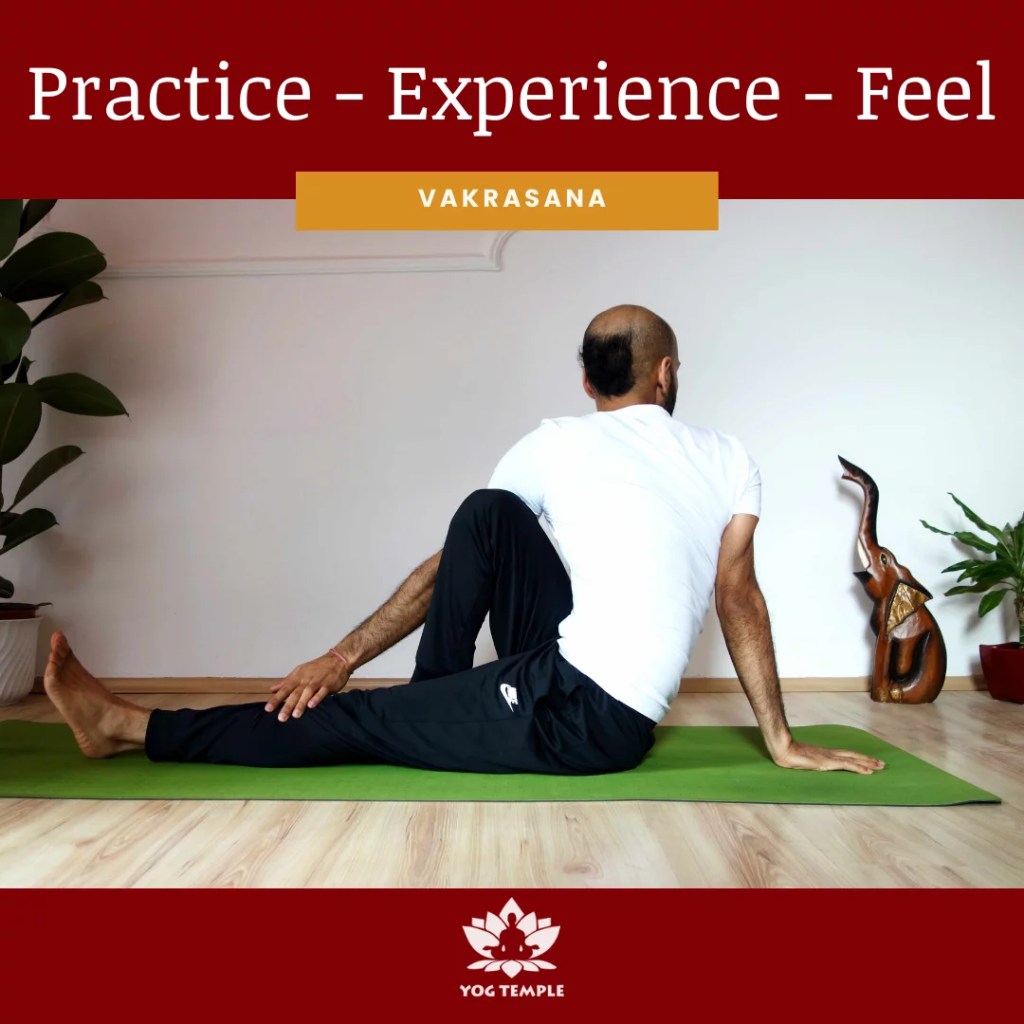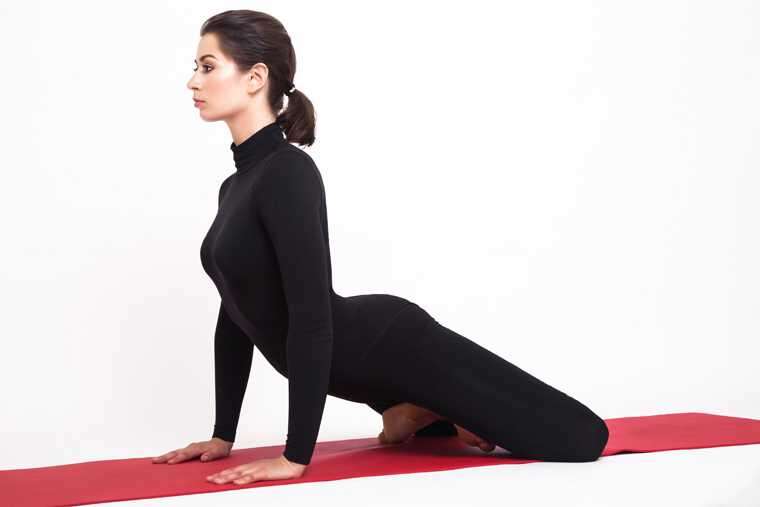
Restorative poses yoga is an exercise style that encourages deep relaxation. This style encourages calm and slow movement. Your body will be supported with props to provide support. These props will avoid overextension and joint pain. A restorative position is the crown chakra.
Shimmy hips are an easy pose to do at home. Simply place your palms on top of your shoulders and bring your elbows together. Take a deep breath and exhale. To provide additional support, you can use a pillow or bolster under your lower back. This position is particularly beneficial for those with stiff necks or sore backs. This pose can reduce pain and improve your well-being.

Another restorative position is the seated posture. In this pose, you sit close to a wall and lift both your legs against it. Relax your body and mind, and take a deep breath. Keep this going for 5-10 minutes, or as much as you wish. Alternate between standing and sitting. If you're unable to stay in the seated position, you can use a bolster or blanket to provide additional support.
Some people may find it difficult to do restorative poses. Props can help you focus on your breathing and find the perfect position. These props can also help you achieve a sense of calm and meditation. Practicing restorative poses is particularly beneficial for people with joint problems, back injuries, or chronic pain. These exercises offer many benefits that are well worth your effort. You will be amazed at the difference in your calmness and relaxation once you start using these techniques.
After a long day at the office, restorative yoga poses can be a great way of relieving stress. They are also a great way for you to unwind after a busy day. These poses can either be done in a group, on your own or anywhere you want. Restorative poses are a great way of unwinding after a long day. And since they're not meditative, they don't require any specific physical effort.

Restorative poses are the perfect way to help your body and mind relax. These poses can help you heal from stress or disease by allowing your body and mind to relax. They can help your body become more flexible. If you're looking for a quality yoga class, look for a course that offers restorative poses. These poses will not only make you feel better, but will also help with your overall health.
FAQ
Is there any benefit to doing yoga?
Yoga has existed since ancient times. It has only recently been more popular. Yoga is very popular with celebrities as well as ordinary people who wish to be fit and healthy.
Yoga is great because it stretches your muscles while strengthening them. Yoga is also great for calmening your mind and relaxing.
Yoga is more focused on breathing than other forms of exercise.
For balance and flexibility, there are many poses you can do.
What food should I avoid if I want to lose weight
Avoid foods that contain trans fats. Trans fats raise LDL (the bad) cholesterol levels and reduce HDL (the good) cholesterol levels.
Trans fats may be found in deep-fried, fast food, packaged bake goods, snack cakes, or other processed food.
These unhealthy fats are also known to cause inflammation and lead to heart disease as well as diabetes.
Avoid foods that are sweetened with artificial sweeteners. Artificial sweeteners may increase your chance of getting cancer.
These chemicals are found in many products, including soft drinks, candy bars, chewing gum, as well as candy bars. These chemicals are also found in meat, poultry, eggs, and other foods.
Artificial sweeteners are saccharin (cyclamate), sorbitol and aspartame.
The American Heart Association recommends avoiding these chemicals because they may damage DNA in cells.
Do I need to exercise every day?
No! Get at least 30 minutes of moderate-intensity physical activity 5 days a week. It means you need to exercise hard enough or walk fast enough that you are slightly out-of- breath.
Statistics
- An estimated calorie range for moderately active adult males falls between 2,200 to 2,800 calories per day, depending on age. (eatright.org)
- According to the American Academy of Dermatology (AAD), men over 50 are at a heightened risk of developing it. (healthline.com)
- By John Thompson Take a whopping 38% off a set of PowerBlock Pros. (menshealth.com)
- Cardmembers earn 5% Back at Amazon.com with a Prime Credit Card. (amazon.com)
- According to the American Heart Association, blood pressure should be checked at least once every two years, beginning at age 20. (my.clevelandclinic.org)
External Links
How To
How can I exercise to burn fat?
Exercise can help you burn calories and increase your metabolism.
You'll lose weight safely if you exercise at moderate intensity.
To burn fat while exercising, follow these tips:
-
Cardio exercises include swimming, running or cycling.
-
For 30 minutes, do it three times a week.
-
You can lose weight by adding strength training to the routine.
-
Avoid intense workouts. It is possible to build muscle without destroying muscle tissue.
-
During exercise, drink plenty of water. Water helps to flush out toxins from the body and maintains proper hydration.
-
After exercising, consume low-fat protein smoothies. Protein shakes boost energy and repair muscle tissue.
-
So you don’t feel hungry, eat smaller meals throughout your day.
-
Don't skip breakfast! Skipping breakfast can leave you feeling tired and sluggish.
-
Take care of yourself mentally. Stressful situations can affect your metabolism.
-
Keep a positive attitude. Studies show that people who believe they are overweight gain more weight then those who think they are attractive.
-
Get enough rest. A lack of sleep makes it difficult to lose fat.
-
Be active. Be sure to get up and move around every hour or two.
-
Maintain a healthy diet. Healthy eating will keep you fuller and more satisfied for longer.
-
Find ways to relax. An anxious mind won't allow your body release stress hormones, which can lead to the destruction of muscle tissue.
A balanced diet includes all essential nutrients needed for growth and development.
You should eat six small meals per day rather than three large ones. This gives your body more time to digest the food you eat.
For strong bones to be maintained, you need approximately 500mg of calcium per day. Calcium can be found in dairy products such as yogurt, fortified soybean beverages, orange juice, cereals, bread, and cereals.
Calcium is found in leafy vegetables, beans and tofu, as well nuts, seeds and cheese.
Vitamin D is required for calcium absorption. Vitamin D can be found in egg yolk, fatty fish, and other fortified foods.
Vitamin E is crucial for skin health. Vitamin E can be found in vegetable oils as well as wheat germ oil, peanuts and almonds.
Your body needs zinc to maintain normal immune function and heal wounds. Zinc can be found as a mineral in oysters.
Zinc deficiency could cause fatigue, nausea, vomiting, and depression.
Sugar intake can lead to insulin resistance which causes blood glucose levels to rise. Insulin resistance leads to weight gain.
High levels of free radicals can lead to insulin resistance. Free radicals refer to molecules that contain unpaired electrons. They can damage cell membranes and other body parts.
Most free radicals come from pesticides herbicides, food additives, preservatives smoking, radiation, chemical in cosmetics, lotions and household cleaning supplies.
Free radical damage can lead to cancer, heart disease, diabetes, arthritis, asthma, and aging.
The best way to avoid free radicals is to eat a balanced diet high in antioxidants. Antioxidants protect against oxidative damage.
Vitamin C can be found in citrus fruits. Beta carotene can be found in carrots. Sweet potatoes. Tomatoes. Carrots. Sweet potatoes. Spinach. Broccoli. Cantaloupe. Vitamin E is found in nuts. Olive oil, avocados.
Selenium, copper and manganese are all antioxidant nutrients.
Selenium helps to protect cells against free radicals and oxidative stress. Selenium can be found in Brazil nuts and liver, kidneys, liver, kidneys, shrimp, cod, turkey and lamb as well as chicken.
Copper protects the eyes, brain, lungs, liver, and red blood cells. Copper is found in shellfish, poultry, meat, and organ meats.
Manganese plays an important role in bone structure. Manganese can be found in brown rice and spinach as well as bananas, prunes raisins, oatmeal, lentils, and oatmeal.
Zinc helps with normal growth, reproduction, as well as wound healing. Zn can be found in lean cuts, white fish, poultry, eggs, and other foods.